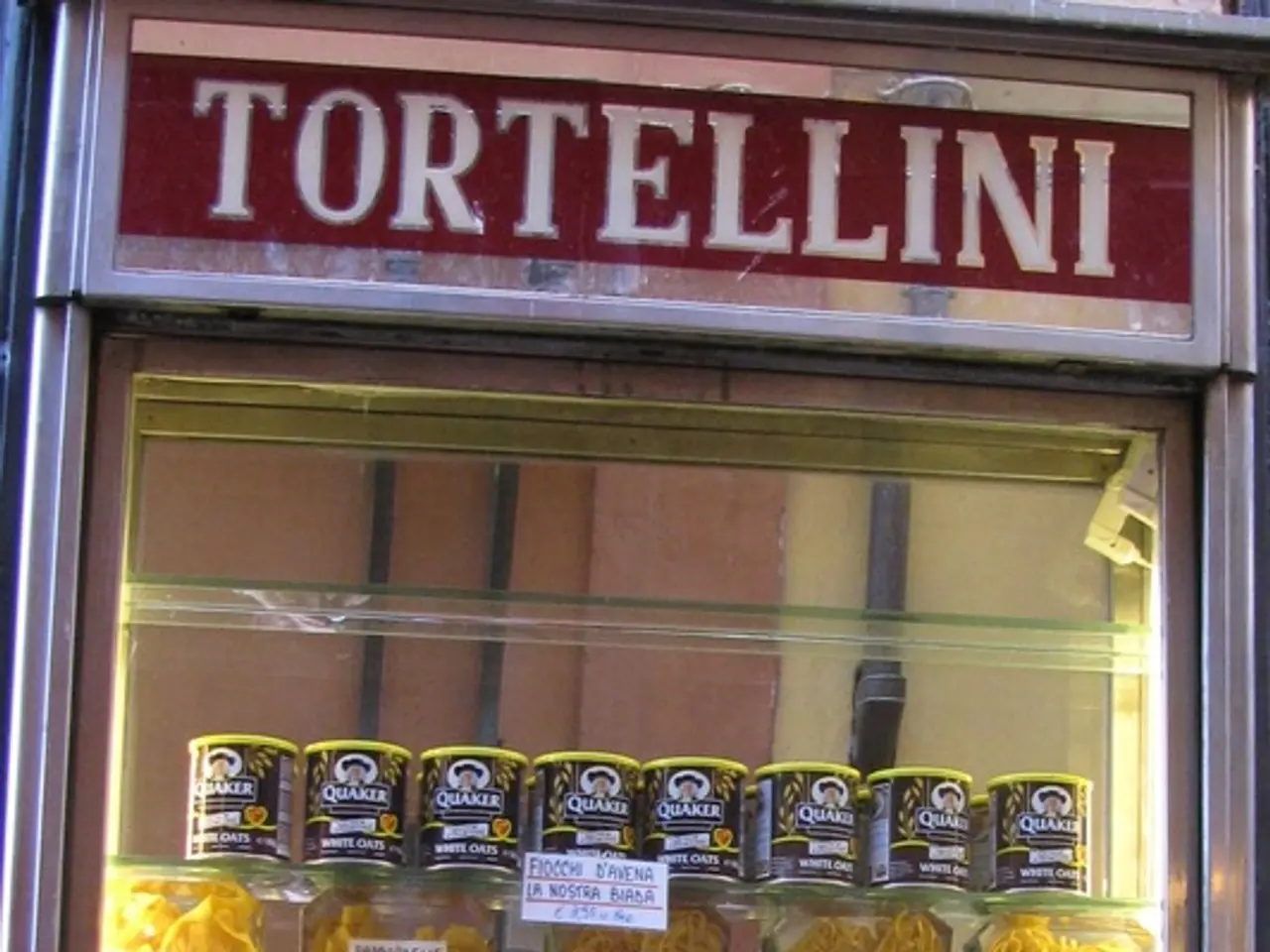Environmentally Friendly Refrigeration: An Attractive Alternative to Traditional Cooling Methods (via Solid-State Technology)
==========================================================================================
The global cooling market, currently valued at over $272 billion annually, is poised for a significant disruption with the rapid maturation of solid-state cooling technologies. These innovative solutions offer a more efficient and greener alternative to conventional compressor-based technologies.
However, the path to commercialisation is not without challenges. A recent study by the Rocky Mountain Institute, titled "Innovation to Impact: Advancing Solid-State Cooling to Market - Challenges and opportunities for scaling breakthrough cooling startups," examines these technologies, key players, and the hurdles they face.
Key Challenges:
- Efficiency Drop in Integration: Elastocaloric materials experience a significant efficiency reduction—up to 3 times less—when fully integrated into cooling systems, limiting actual performance.
- Material Fatigue: Repetitive mechanical stress in barocaloric and elastocaloric materials can cause material fatigue, affecting reliability and lifetime of devices.
- Cost Reduction and Supply-Chain Risks: Startups must navigate steep cost-reduction curves and leverage existing high-volume production technologies and components to reduce development time, costs, and supply-chain vulnerabilities.
- Overcoming Commercialization Barriers: Despite promising lab results, scaling from prototype to commercially viable products remains difficult due to technical and market readiness challenges.
Key Opportunities:
- Growing Market and Investment: Increasing attention from both academic and commercial sectors attracts investment focused on overcoming technical barriers.
- Diverse Application Targets: Solid-state cooling is being tailored to niche, high-impact applications such as:
- Packaged thermal AC units in hotels and multi-tenant buildings (e.g., MIMiC).
- Magnetocaloric refrigerators for supermarkets and retail stores (e.g., Magnotherm).
- Alignment with Clean Energy Goals: Solid-state cooling offers a greener alternative to traditional refrigeration and cooling, fitting into broader clean energy and decarbonization initiatives supported by federal and state funding.
- Federal and State Support: Billions in federal funds and initiatives (such as streamlined processes in states like Colorado) provide opportunities for accelerated development and deployment.
Solid-state cooling startups face technical efficiency and durability challenges as well as cost and scaling hurdles, but hold the opportunity to disrupt conventional cooling markets by targeting specific applications with cleaner, more sustainable technologies supported by increasing funding and policy alignment.
Table: Major Players in Solid-State Cooling Technology Development
| Company | Location | Technology Focus | |---------------------|-------------------|-------------------------------------------| | MIMiC | New York, USA | Thermoelectric solid-state systems | | Magnotherm | Germany | Magnetocaloric refrigerators | | TechXchange | TBD | Overcoming barriers to commercialization | | Cool Designs | TBD | Overcoming barriers to commercialization |
As the market for solid-state cooling technologies continues to evolve, it is clear that these innovative solutions have the potential to revolutionise the cooling industry, providing a more efficient, sustainable, and cost-effective alternative to traditional compressor-based technologies.
- The environmental-science field, particularly in the realm of climate-change research, may find solid-state cooling a beneficial technology, as its greener nature aligns with clean energy goals and decarbonization initiatives.
- Technological advancements in data-and-cloud-computing and real-estate industries could incorporate the more efficient solid-state cooling technologies, potentially reducing operation costs and promoting a more sustainable business environment.
- Finance and investing sectors, enticed by the potential disruption in the cooling market, may find merit in backing startups focusing on solid-state cooling technologies.
- Companies in the business of finance or investing might also consider the long-term viability of real-estate businesses employing solid-state cooling systems, as these technologies offer a sustainable infrastructural edge for buildings.




